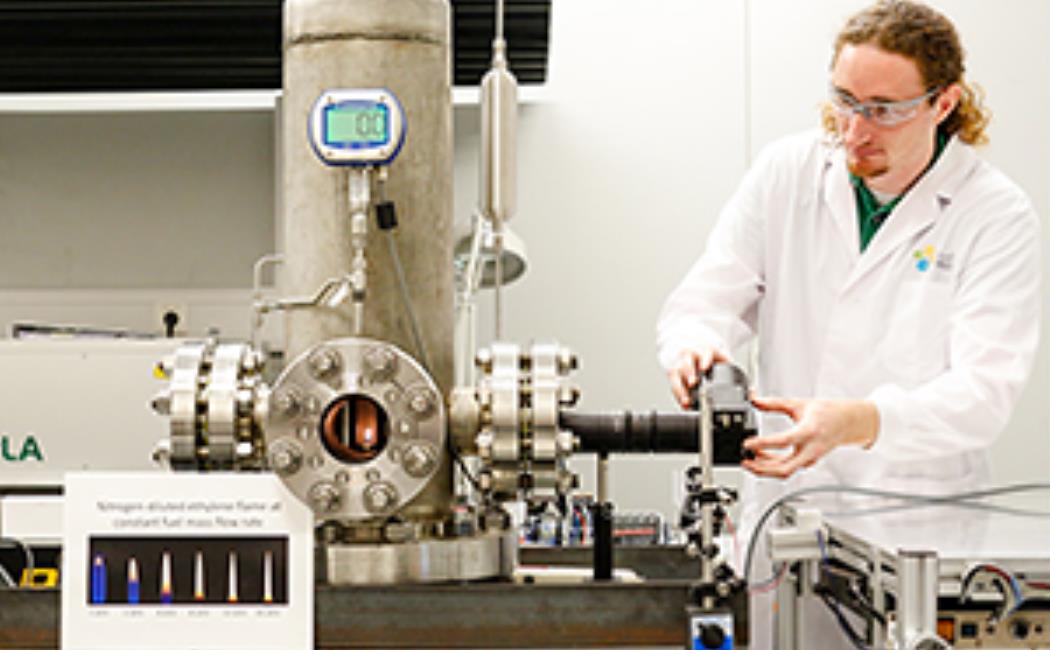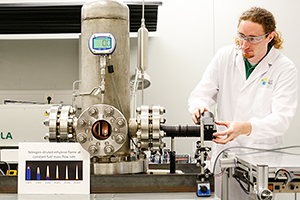


Brand: Expla
Model: NL 909 -5-SH

LEM is a non-intrusive zero-dimensional line-of-sight technique based on the attenuation of light when a laser beam passes through a particle cloud. As a light source, either continuous wave (CW) laser or a pulsed laser can be used. A broadband light source or an LED can be also used. Usually extinction measurements are performed at narrow spectral bands within the visible wavelengths or near infrared.
LII is an optical diagnostics technique which uses a pulsed laser to heat soot particles to temperatures significantly above the ambient temperature and uses photo-detectors to record the incandescence emitted from these heated particles. Conventionally, the fundamental of a Nd:YAG laser working at 10 Hz with a Gaussian beam profile is preferred to heat the soot particles.
MAELS allows for in situ determination of soot morphology. A collimated laser beam, usually in the visible range, is passed through the flame and then measuring the scattering light intensity by soot particles over a number of different angles information about fractal dimension (Df), Radius of gyration (Rg), aggregate size distribution, diameter of primary particles (dp), number density (np) and average number of particles in an aggregate (N) can be obtained. However, soot volume fraction (fv), fractal prefactor (Kf) and refractive index of soot (m) must be known with sufficient accuracy.